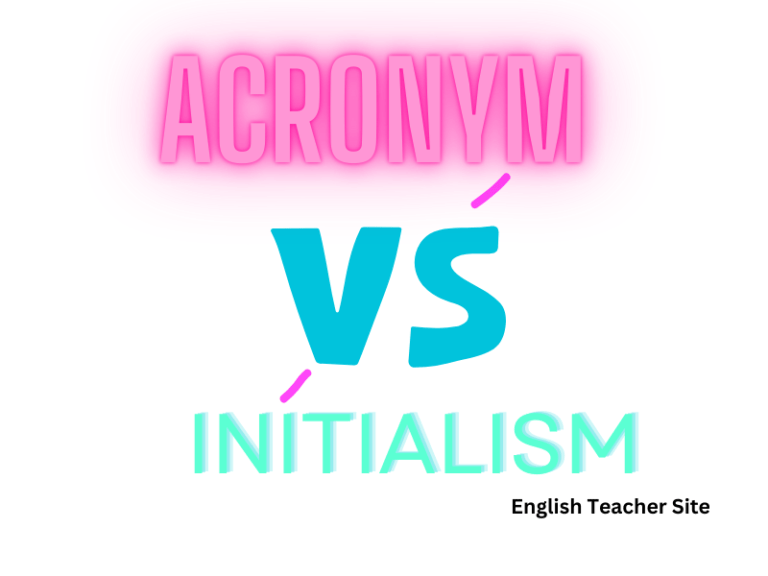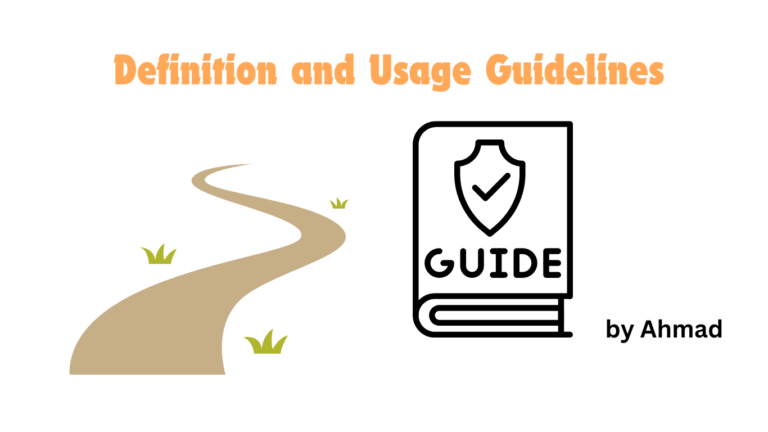What Are Contractions in Grammar: List of the Most Commonly Used Examples
While they are prevalently used in daily speech, contractions have specific rules and patterns that guide their written form. The most commonly used contractions are often the ones that combine pronouns or nouns with verbs, such as “I’m” for “I am” or “it’s” for “it is.” Although contractions are typically taught at a basic level…







